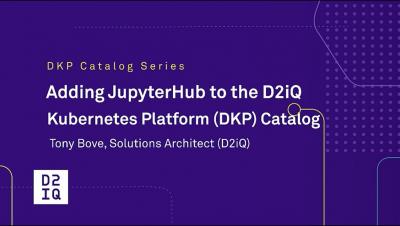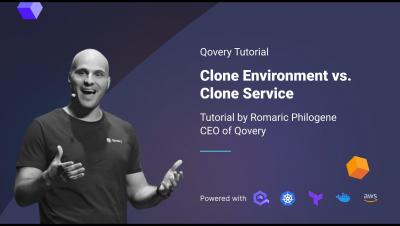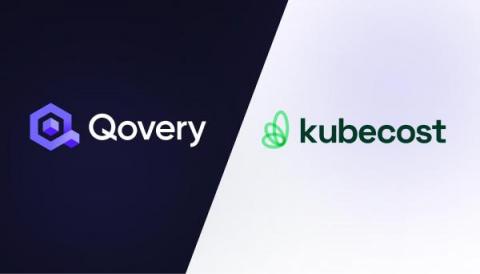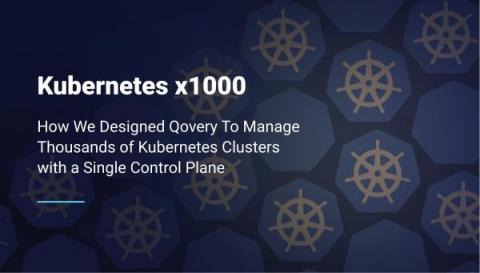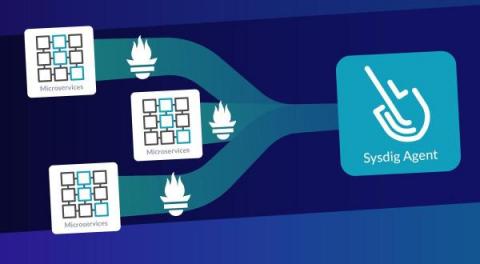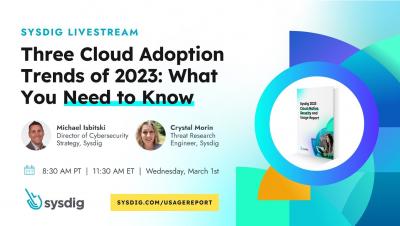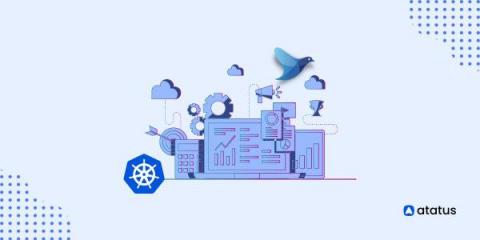Operations | Monitoring | ITSM | DevOps | Cloud
Containers
The latest News and Information on Containers, Kubernetes, Docker and related technologies.
Adding JupyterHub the D2iQ Kubernetes Platform (DKP) Catalog
FULL EKS & Kubernetes Debugging Journey with Coralogix
Clone Service vs Clone Environment with Qovery
Kubecost and Qovery Team up to Offer Cost Monitoring for DevOps Teams
How to optimize resource utilization with Kubernetes Monitoring for Grafana Cloud
Overprovisioning or underprovisioning your Kubernetes resources can have significant consequences on both your budget and your app performance. By underprovisioning your Kubernetes infrastructure, you’ll end up with lagging, underperforming, unstable, or non-functional applications. On the opposite end of the spectrum, overprovisioning is a costly issue: Organizations spent almost $500 billion on cloud resources in 2022, yet an estimated 30% of those were wasted.
How We Designed Qovery To Manage Thousands of Kubernetes Clusters with a Single Control Plane
Prometheus Exporters in Sysdig Monitor
Nowadays, it is rather common to see companies adopt several monitoring solutions based on Prometheus, but this is not exempt from pain. A huge number of systems, applications, and third-party software are not instrumented to expose Prometheus metrics natively. Here is where Prometheus exporters come into play.
Sysdig Live: Three Cloud Adoptions Trends of 2023
Kubernetes Logging
You'll notice that monitoring and logging don't appear on the list of core Kubernetes features. However, this is not due to the fact that Kubernetes does not offer any sort of logging or monitoring functionality at all. It does, but it’s complicated. Kubernetes’ kubectl tells us all about the status of the different objects in a cluster and creates logs for certain types of files. But ideally speaking, you won't find a native logging solution embedded in Kubernetes.


